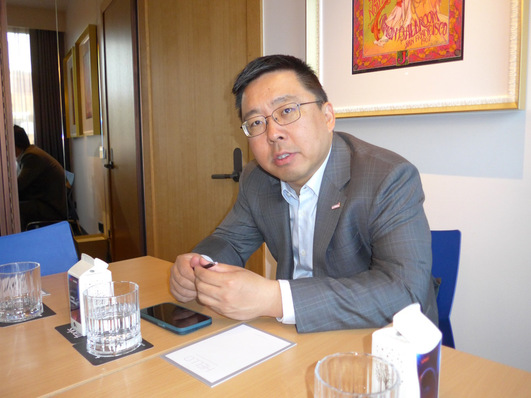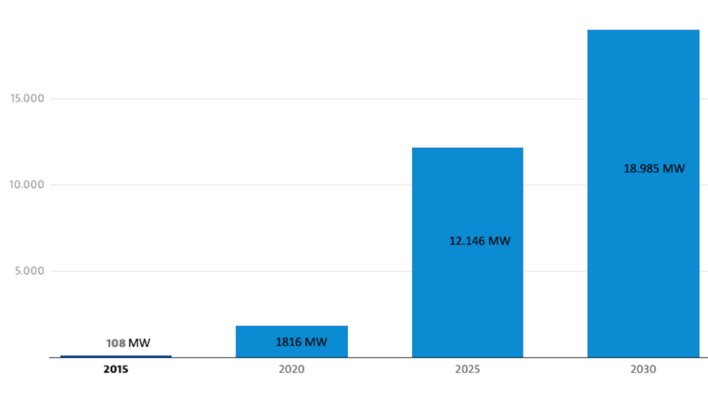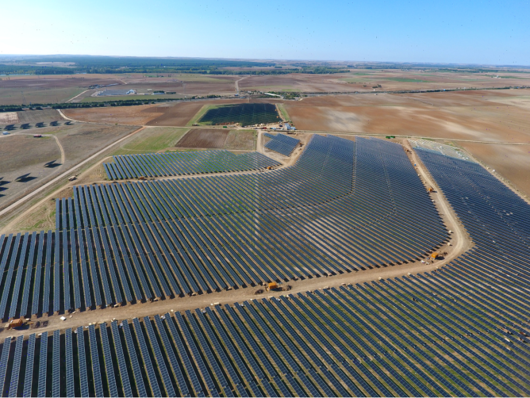Between 2022 and 2023, electricity demand declined by 7.5% mainly due to industries shutting down and relocating abroad during the energy crisis. Electricity markets are recording unprecedented negative prices which risk discouraging future clean investments. The EU needs a robust electrification strategy for decarbonising industry while boosting power demand and competitiveness.
Subscribe to our free PV investors newsletter here
In 2023, the EU power sector cut emissions by 50% compared to 2008, marking the largest reduction ever achieved by the sector. However, Europe’s electrification rate has been stagnating at 23% for the past ten years when it should make half of EU final energy consumption by 2040. Meanwhile, China grew its rate by 7 percentage points since 2015.
Only 4% of industrial high-emission heating processes electrified
Today, a third of the energy consumed by European industries is covered by electricity, with only 4% of industrial high-emission heating processes being electrified, the report Power Barometer 2024 shows. Buildings’ electrification is also struggling with heat pumps sales decreasing by 5% in 2023. Electric vehicles, on the contrary, increased to a total of 9 million units in 2024, but remain far from the targeted 30 to 44 million units by 2030.
Also see: Double investments in power distribution or lose race to net-zero
“The missing piece between going green and staying competitive is electrifying. Industrial sectors hold a huge potential to electrify further based on available technologies” – said Eurelectric’s Secretary General Kristian Ruby, pointing to electric boilers, arc furnaces, heat pumps, induction eating, plasma torches and more for energy-intensive goods like steel and aluminium.
Need to establish a clear electrification strategy
Beyond lack of power demand, another concern for the sector is increased price volatility. As of August 2024, Europe witnessed 1,031 hours where electricity prices went below zero in at least one EU bidding zone, mostly during solar peaks, with power producers having to pay to supply electricity to the grid. At the same time, parts of Europe witnessed unusually high prices and cross-border spread. These occurrences, combined with low demand and frequent negative prices complicate the business case for additional renewable investments.
On the other hand, negative prices can incentivise more storage and flexibility to stabilise price volatility. Yet, a boost in electricity demand remains crucial to solving this issue.
Eurelectric calls on policymakers to implement the Green Deal, maintain a market-compatible investment framework and establish a clear electrification strategy for a competitive, decarbonised European industry. (hcn)








